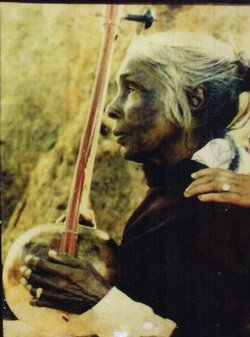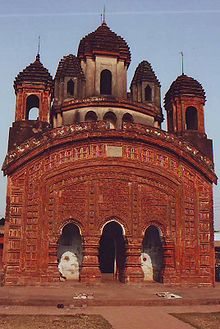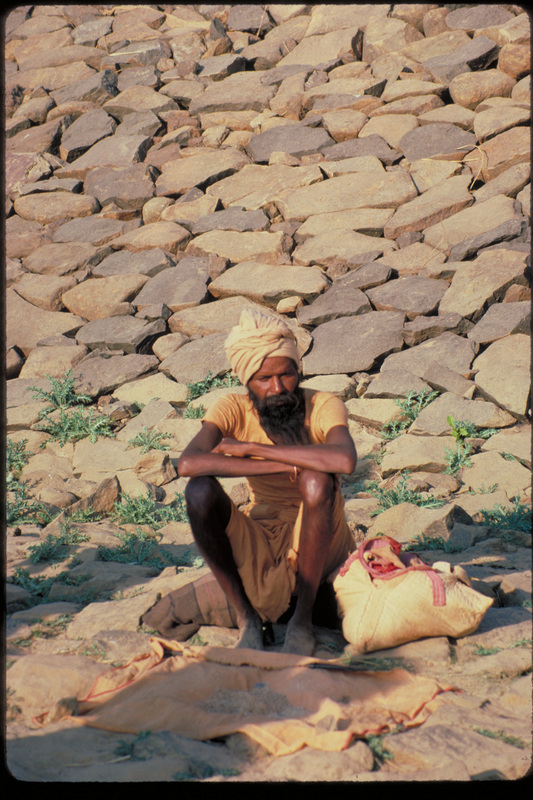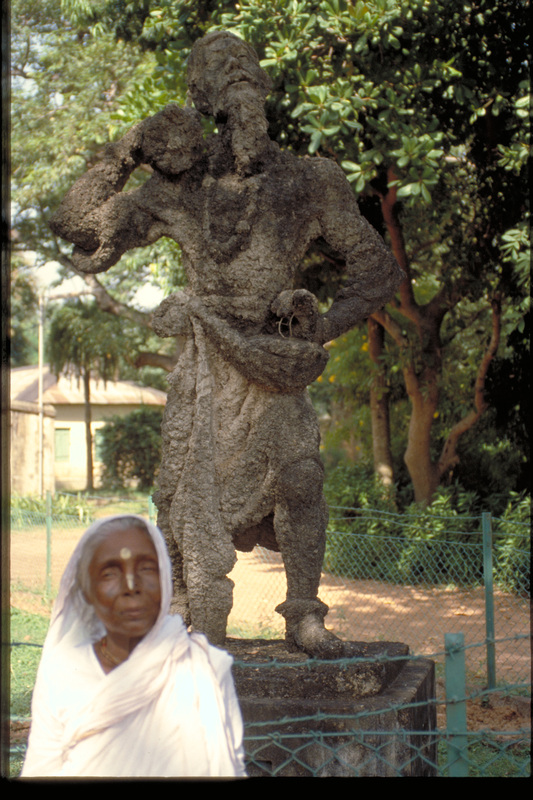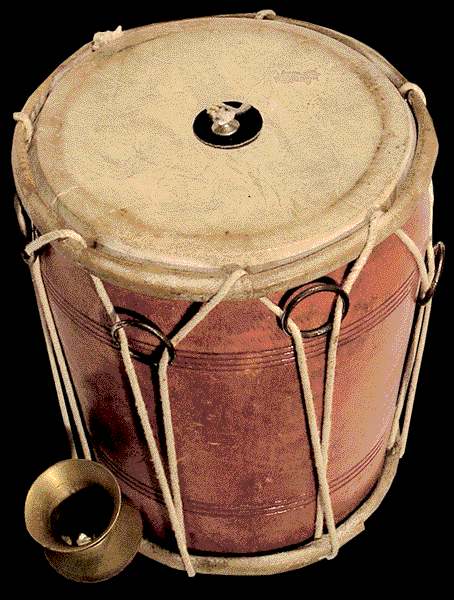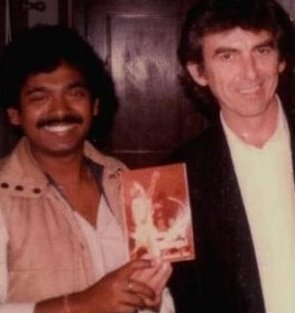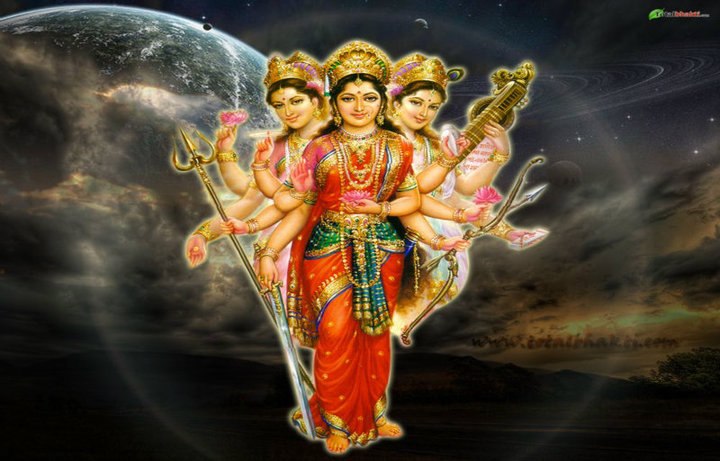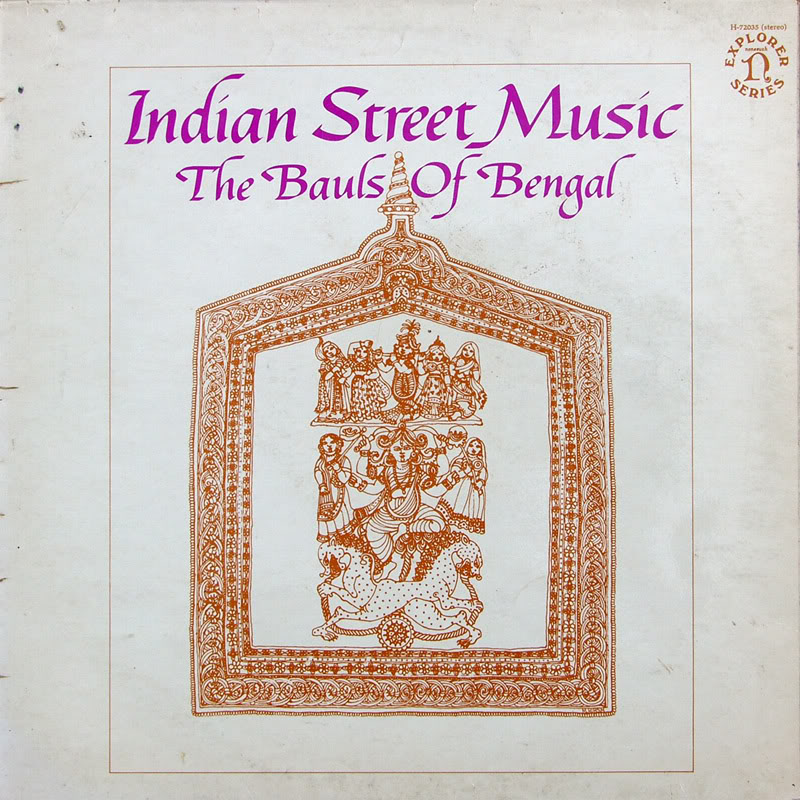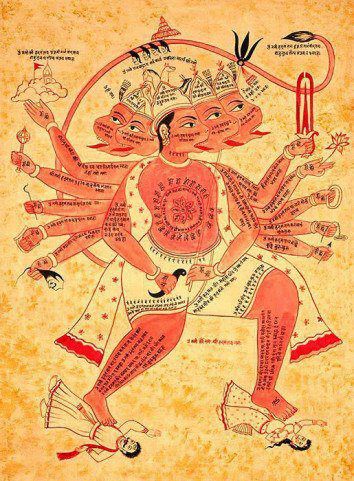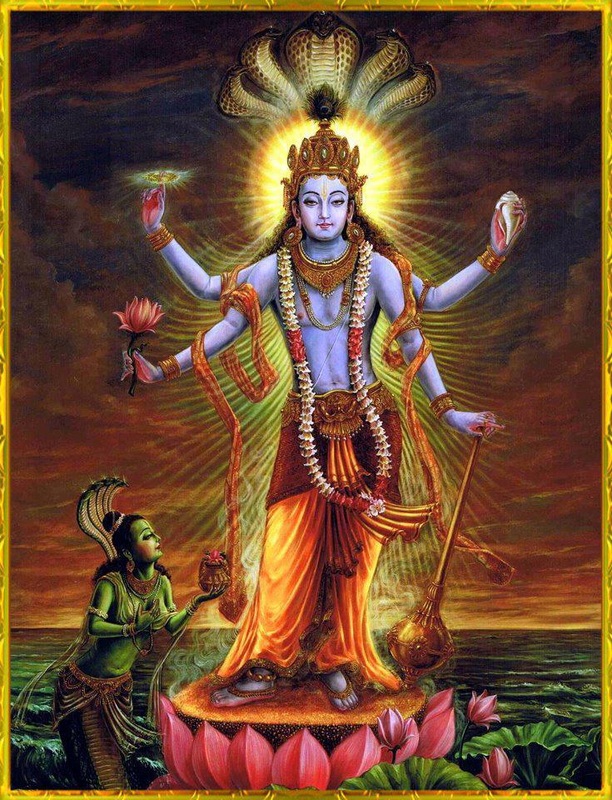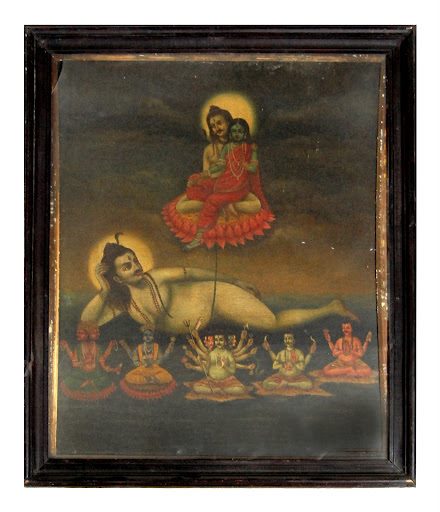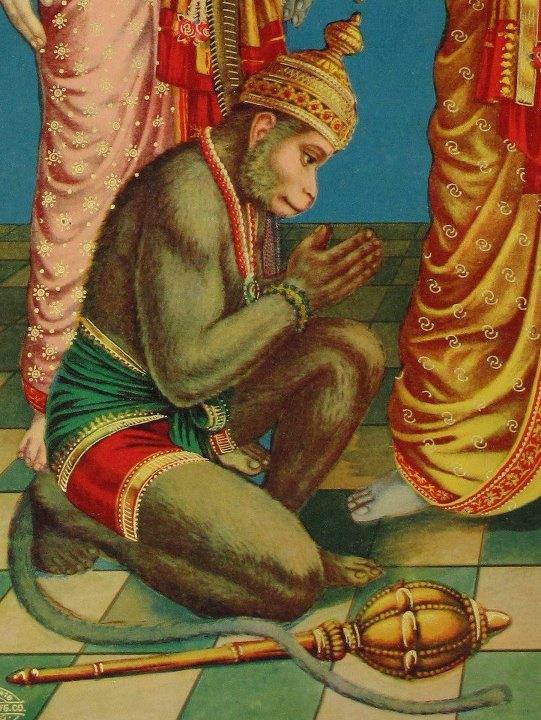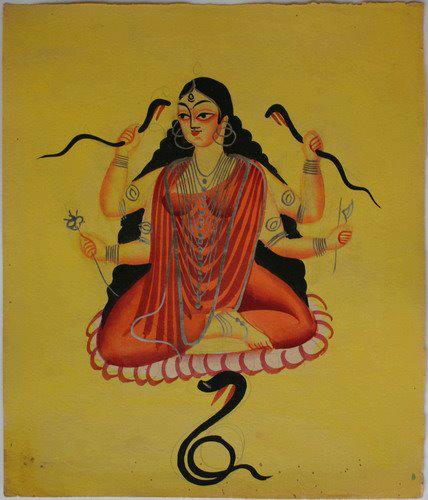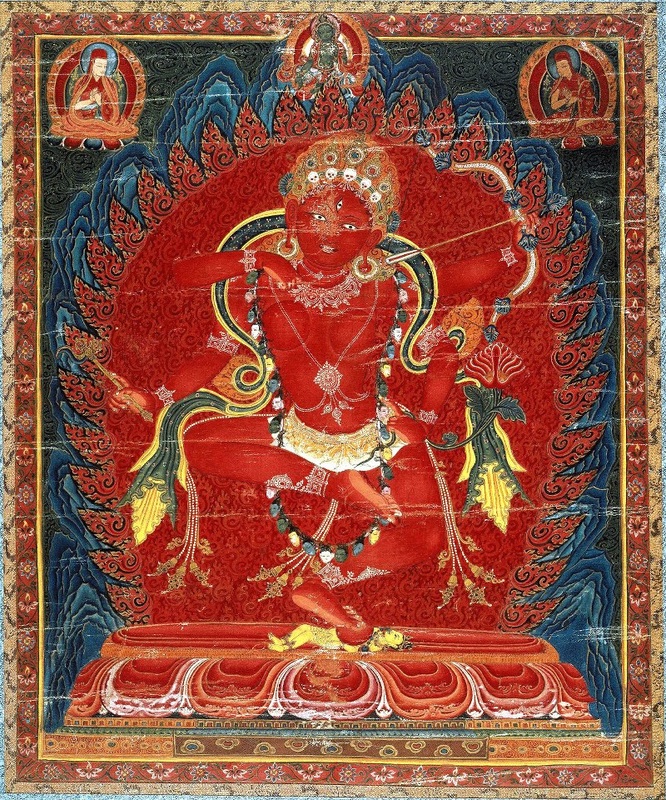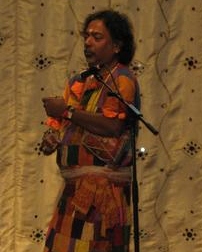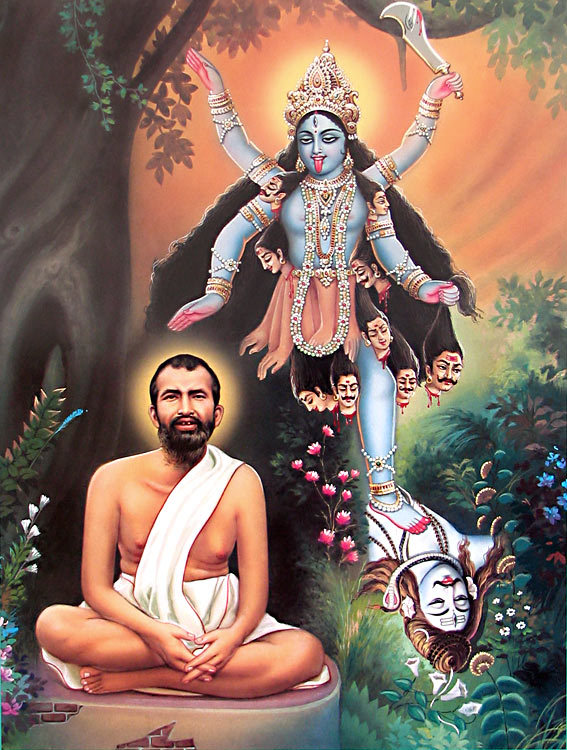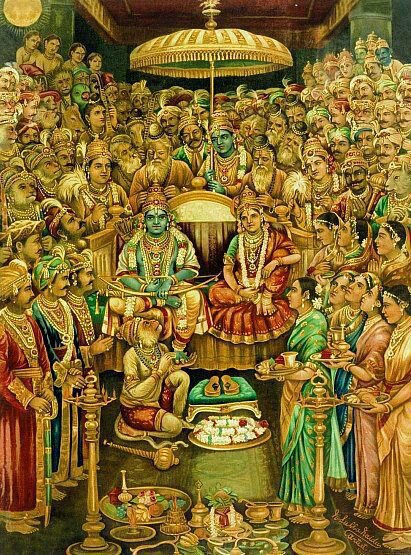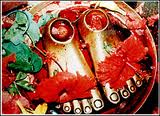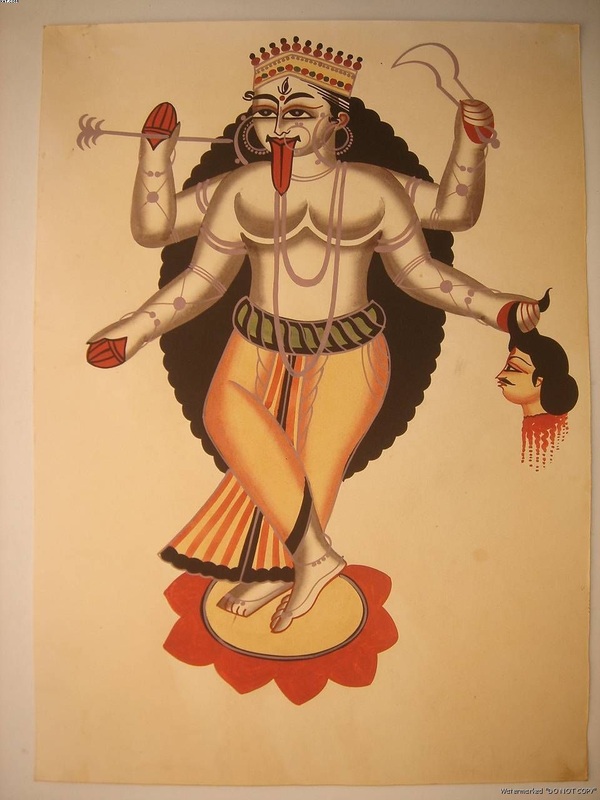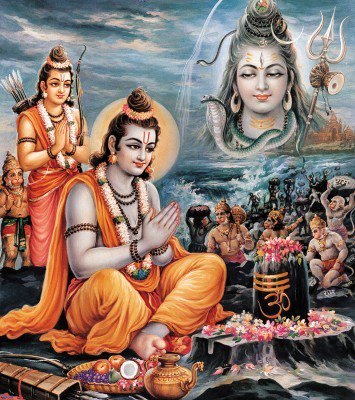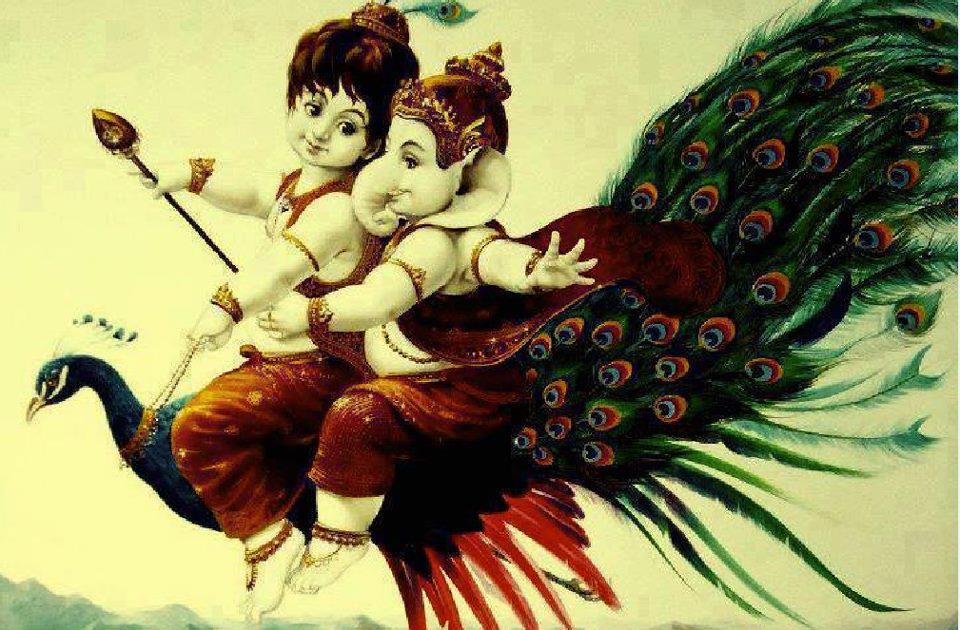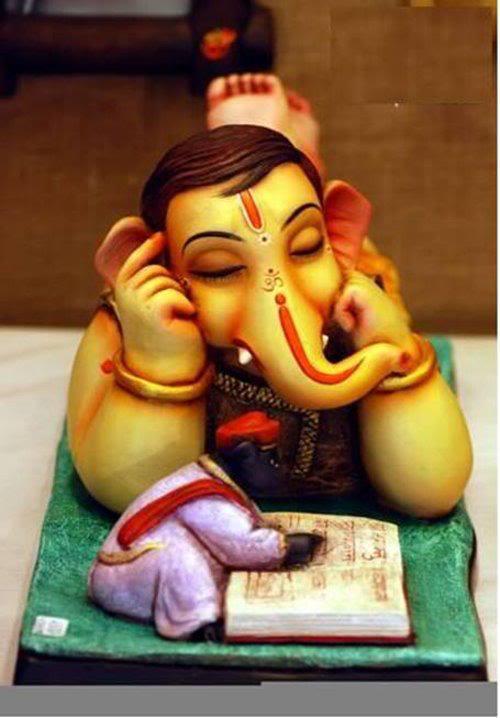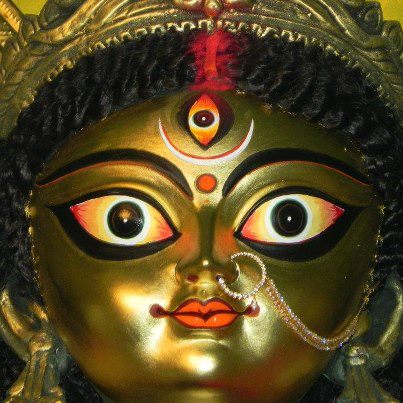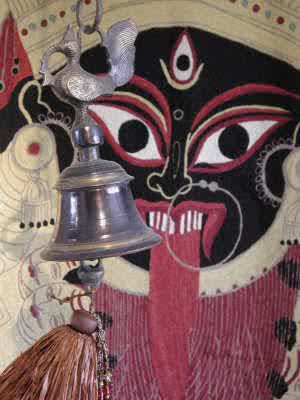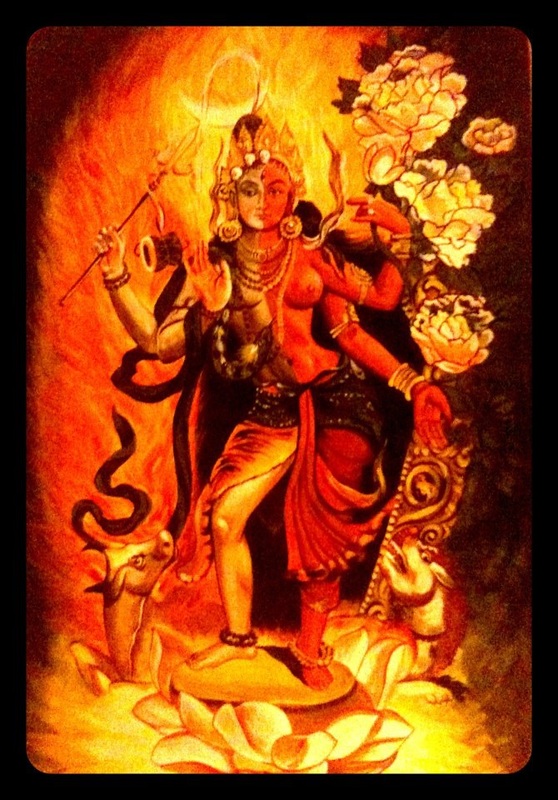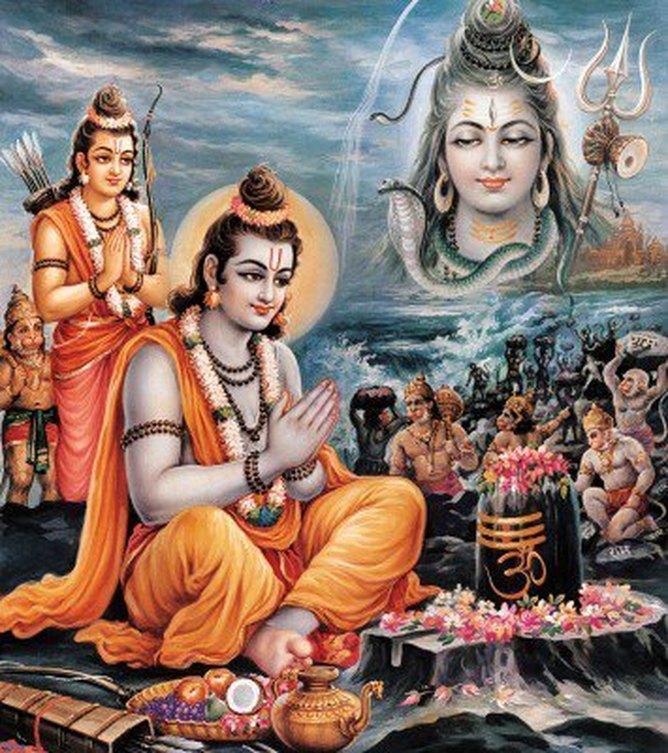
Isvara generally means God, the Supreme Being in His aspect of Lord of the worlds. ‘Svara’ means master, while the word, ‘ishta’, means, special, precious, inner, innermost, or intimate. Also ‘Is’ means inner-most or essential command, while, ‘vara’ means an eminent and most precious natural gift. In spiritual interpretation ‘Isvara’ purports the innermost or innate most intimate heart teacher; the innermost master of the heart.
‘Ishavasyam idam sarvam’ in Ishavasya Upanishad Mantra 1 means ‘whaterver there is in this world is covered and filled with Isvara.’ He not only creates but also enters into everything there is. He is one who is always intimately available here and now which is our most precious gift. In that sense Isvara refers to our highest innate potential if we care to listen or recognize it.
‘Vara’ can also means grace or boon. So Isvara is the innate and innermost heart essence boon or grace; the innate potentiality or great seed, from whence all things and beings assemble. Again, the term refers to the innate inherited evolutionary potential of the inner teacher.
This word as used by Siddhanthis is synonymous with Brahman but as used by Sri Sankaracharya, it means the Lower Brahman and the distinction of Higher and Lower Brahman finds no place in the Siddhantha School. In Shaivite traditions, the compound of Maha-Isvara, the great Lord is a name for Shiva. Shaivite feminine deity would be Isvari. Ishvara prasadam is Shiva prasadam. Of Isvara, Mahaperiyavaa states that ‘the All-Pervading Paramatma creates the world of avidhya based on the karma of the Jeevas with His unique Maya. In the Achintya-Bheda Abheda Vedanta school, Isvara is also Svayam Bhagavan.
In the Upanishads, the word Isvara is used to denote a state of collective consciousness. Thus, God is not a being that sits on a high pedestal beyond the sun, moon, and stars; God is actually the state of Ultimate Reality. But due to the lack of direct experience, God has been personified and given various names and forms by religions throughout the ages. When one expands one's individual consciousness to the Universal Consciousness, it is called Self-realization, for the individual self has realized the unity of diversity, the very underlying principle, or Universal Self, beneath all forms and names. The great sages of the Upanishads avoid the confusions related to conceptions of God and encourage students to be honest and sincere in their quests for Self-realization. Upanishadic philosophy provides various methods for unfolding higher levels of truth and helps students to be able to unravel the mysteries of the individual and the universe.
Patanjali: Isvara is alinga or formless and unepresented, yet it is like a seed or potential awaiting expression. A further holographic understanding is that isvara resides as the seed essence within all beings and things. When it is activated inside a yogi, that yogi recognizes it in all beings as well.
Isvara is apara-mrshhta, the purest aspect of purusha, pure undifferentiated universal consciousness, which is untouched and unaffected by taint- klesha, karma, and asayir, the seed germs that result -vipaka from ordinary desire and propensities. Isvara is bija, the indwelling seed and origin of nir-atishayam, the absolute, unsurpassed, and sarvajna, complete omniscience. It is kalena or unlimited by time and anavacchedat, absolute boundless integrity. It is purvesham, the primal eternal guru. In the non-dual schools Isvara is all penetrating, all pervading, omnipresent, all inclusive, unlimited, and eternally present, yet Isvara remains eternally pure and unchanged by such contact.
Likewise in Patanjali 1.26 unequivocally says that Isvara's sound vibration is Om and that all differentiation is created from that emission. So does not Isvara's emanation permeate all of creation? Isvara is found within the unobscured instantaneous eternal moment; always here and now; ever accessible to those devoted. Isvara is expressed and represented by the vibratory energy contained in the Pranava Om.
Isvara Pranidhana: Means surrender, dedication, or devotion to Isvara, who is innate in all and all pervading. ‘Ishta’ means innermost or most intimate. Isvara pranidhana can also be said that it is devotion to the ishta deva god, which is first accessed inside as personal, but later is recognized as universal. It is the process of being dedicated to the process of discovering, listening to, and following our innate inner guide, heart mind, and highest creative potential.
Isvara pranidhana is also joining with or being at one with our greatest evolutionary potential, the transpersonal all encompassing Self. Beyond prayer and asking for guidance, it is listening to that Self as guidance, eventually moving in harmony and integrity with Isvara as its expression in one's very life as Self expression. At first, isvara pranidhana is listening, communing, devotion, and surrender, but later it is activation, embodiment, and the act of co-evolutionary expression.
Patanjali 1.23 – Isvara and Maheshvara (Siva) have been equated as the param-purusa. From a special process of devotion and letting go into the creative source from which we emerged – Ishvara pradina, the coming of Samadhi is imminent.
BHAGAVAN: Means the Personal God. ‘Bhag’ means splendor and power; it can also mean fame and glory. ‘Van’ means Master or possessor of splendor and power. The word can also purport, one who has realized his identity with the Self; blessed One or the blessed Lord. The word is also used as an epithet applied to God, gods, or any holy or venerable personality. According to Hindu thinking, there can be more than one Bhagavan, more than one Person-God. Bhagavan is he who fully manifests six divine qualities which are: 1. bala, omnipotence; 2.dharma, righteousness; 3. aisvarya, lordship; 4 .sri, wealth and beauty; 5. jnana, wisdom; 6.vairagya, dispassion. Further He knows the past, present and future of beings. Bhagavan’s manifestation in the human form remains unknown to the Devas themselves; how then shall the Danavas or Asuras come to know of His intents and Extents, exclaims Arjuna in Gita 10.14
BALA: Means strength; omnipotence. Citti means knowledge or truth perceiving conscious vision. Citti-acitti is the knowledge and the ignorance. Cittim acittim cinavad vi vidvan in RV 4.2.11 means ‘let the knower distinguish the knowledge and the ignorance. Cittam is the ordinary mind-field or field of consciousness. Citt-bala is power of the true Self or Universal Consciousness. It can also mean the strength or force of the pulse. Citt-bala leads to citta-prasadanam meaning making the mind pleasant and ripe.
DHARMA: This term takes several meanings such as Self-discipline, the life of responsibility and right action; Duty, righteous path, self-discipline, work, duty, or destiny, the life of responsibility and right action; Right action, that which supports and upholds; one's duty, especially the highest spiritual duty; actions that are ultimately beneficial for all; behavior that is in alignment with the cosmic order, with one's religion or spiritual path, and with one's role in life.
Thus it is a term of many meanings, including "law", "virtue", and "righteousness". In general, dharma means the religious discipline for the four orders of life: maintaining celibacy and studying, family life, a devout and renounced life if living with the spouse, and total renunciation for God realization.
AISWARYA: This is an attribute of Ishwara. It is also one of the ashtasiddhis. The term means dominion; power; lordship; divine glory; majesty and splendor. As siddhi it can means the control over events, lordship, wealth and all objects of desire; effectiveness of the Will acting on object or event without the aid of physical means. ‘Aisvaryam’ is the nominative word for divine powers.
SRI : Also Shri, the word means auspiciousness, eminent or illustrious. It is a prefix placed before names of scriptures and great women and men to show respect or reverence; a name of the divine Goddess. Auspiciousness-a name is qualified by Putting a "Sri" before the name is a mark of courtesy and auspiciousness. Literally, Sri is common title of respect. It is also a honorary prefix for commoners.
JNANA . The root word is ‘jna’ meaning to learn or to experience. The Tamil word ‘jnanam’ means a matured state of the soul. In the context of Bhagavad-gita and the Upanisads, jnana is generally used in the sense of spiritual knowledge or awareness. In Tantrik terms it is the wisdom that comes as an aftermath of the kundalini breaking through the door of Brahman into the realization of Parashiva, Absolute Reality.
Jnana is sometimes misunderstood as book knowledge, as a maturity or awakening that comes from simply understanding a complex philosophical system or systems. See: God Realization, Self Realization, samadhi. Sacred knowledge derived from meditation on the higher truths of religion and philosophy, which teaches a man how to understand his own nature.
Jnana Kanda are the parts of the Veda dealing with the knowledge of the Absolute Brahman; the upanishads. Jana Pada is Stage of Wisdom naming the knowledge section of each Agama. According to the Saiva Siddhanta rishis, jnana is the last of the four successive padas or stages of spiritual unfoldment. It is the culmination of the third stage, the yoga pada. Jnana mudra is the gesture of knowledge - in this the index finger is bent so that its tip is joined with the tip of the thumb, the other three fingers are spread out.
Jnana Shakti is the power of knowledge of the Absolute. It is also the knowing power and the universal force of wisdom. Jnana Vichara is inquiry regarding knowledge. Jnana Yoga is the discipline in which one learns the true nature of the cosmos and then uses that knowledge to connect oneself with the Atman; the true nature of Brahman. This is towards attaining moksha
VAIRAGYA means dispassion, detachment. Raga means attachment, desire, craving, or attraction in general, whereas vairagya is its remediation, release; the letting go of attachment, attractions, non-grasping, unclenching, the release of temporal preferences, grasping, anticipation, or expectation. It is the power of renunciation by which a yogi is able to pursue the true rather than the false, the eternal rather than the ephemeral.
After sufficient practice of viveka, the temporary, ephemeral nature of the world and its objects becomes obvious and a natural lack of attraction to them takes place. This is vairagya. One should then endeavor to become more dispassionate in order to purify the mind and improve one's concentration and steadiness of mind.
Vairagya leads to the ultimate freedom from desire, but not through dvesa -repression or aversion, but through relaxation or release of that which is burdensome and useless. Hence, vairagya is the practice that frees us from neurotic desire, and thus the realization of non-dual love itself. The temporal love for things or objects has vanished and has been replaced by eternal love -- divine passion.
Patanjali offers vairagya as the primary remedy for the citta-vrtti. The term Cittvrttinirodha in Yogasutra 1.2 means the conquest of all the movements of the mind. Renunciation or ascetic misunderstandings simply increases the tensions and obscurations that block full revelation. Smashana vairagya, is approximately translated as a graveyard or zombie-like attitude toward the world. It is an attempt to free oneself from samsara, as if samsara were the same as physical existence. However, samsara is really due to mental misunderstanding or mental attitude in the ordinary ungrounded dualistic approach toward evolution's evolutes.
Karana vairagya is another classical classification where one either gives up some pleasure or object that one treasures as a type of sacrifice for a future boon or as penance for a past transgression. In this respect Patanjali considers Viveka-purvakvairagya meaning complete discriminatory awareness. Vairgyabhyam is defined in Patanjali I.12. It is a practice of effortlessly letting go of all fixations, non-grasping, non-attachment; non-attachment to results, and a goalless and objectless process of release.
Vairagya is the authentic renunciation of the true renunciate where one ultimately releases attachment to a path as well. It is the culmination of ground, path, and fruit coming together. It is not an intellectual statement, but rather an experiential state, where there is no object to grasp upon and mo self that grasps or is attached. It is fully realized in Samadhi is swarupa-sunyam; This is the completion of yoga as nirodha of the citta-vrtta. The temporal love for things has thus vanished when and has been replaced by eternal love, the divine passion when vairagya is continuous. Hence it is said that vairagyam is the realization of divine unconditional love where no mundane love (as temporal desire) can arise.
Om Namah Shivaya.
Yogi Ananada Saraswati

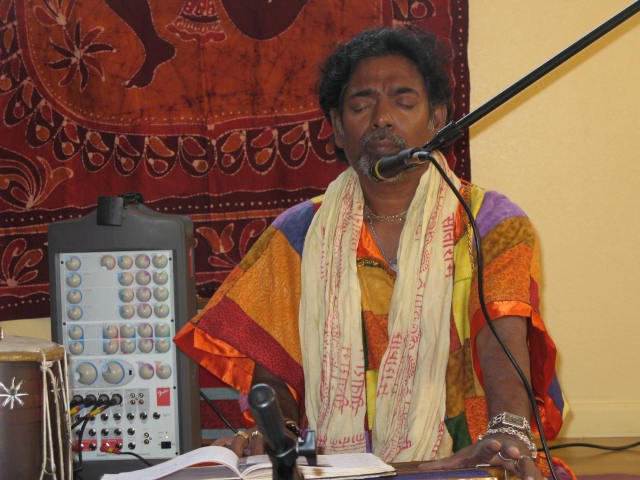
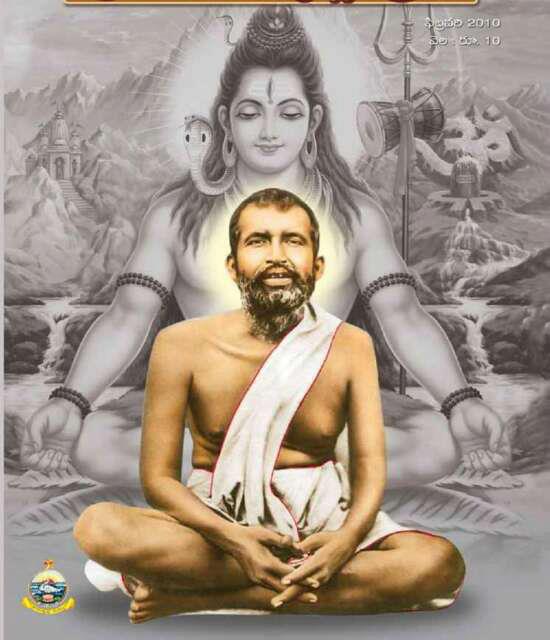
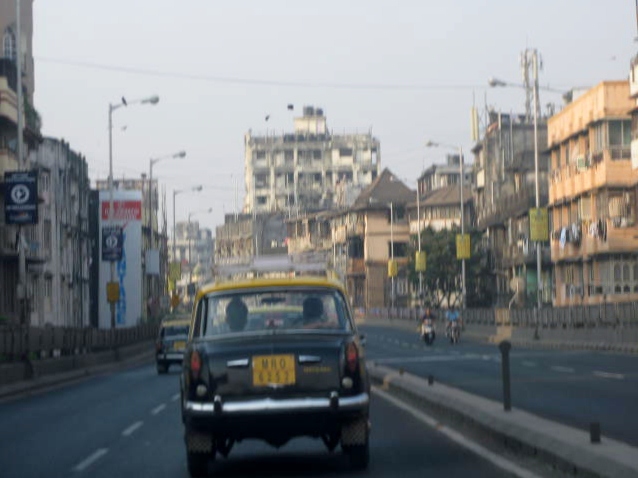

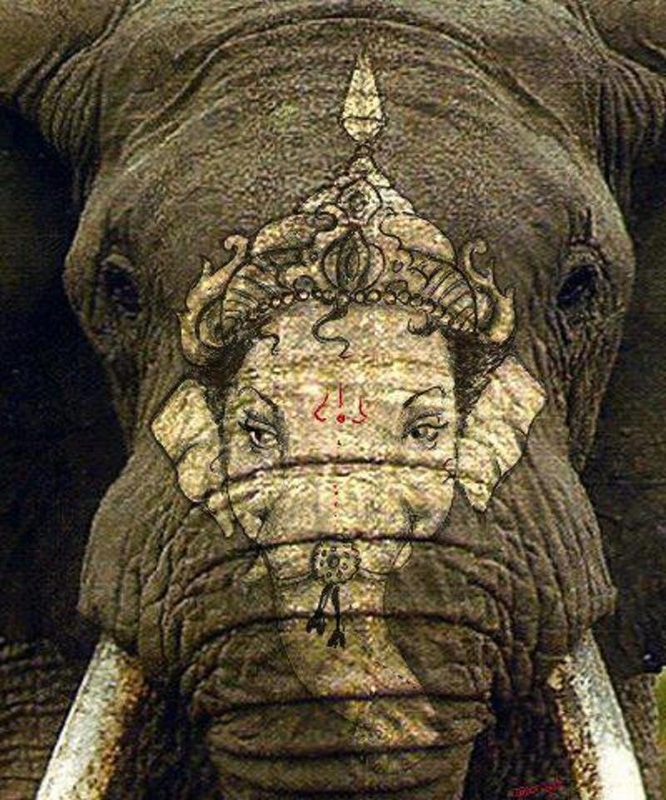
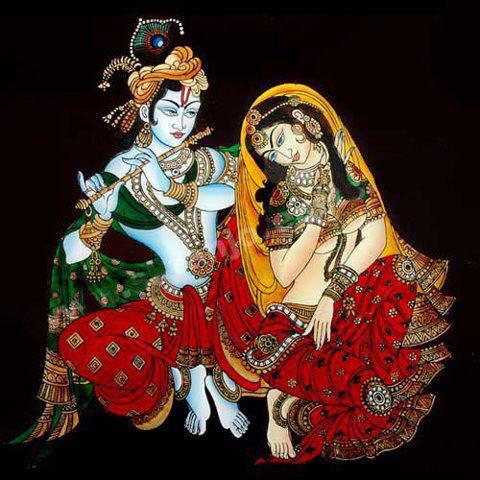
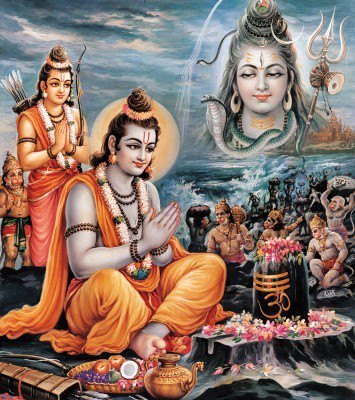
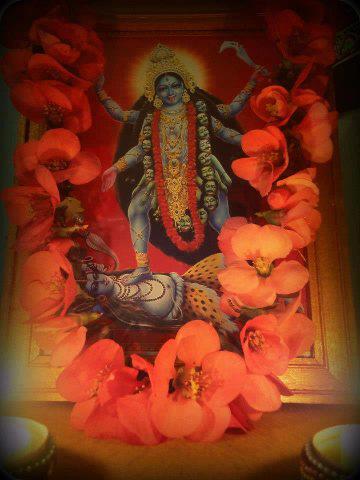
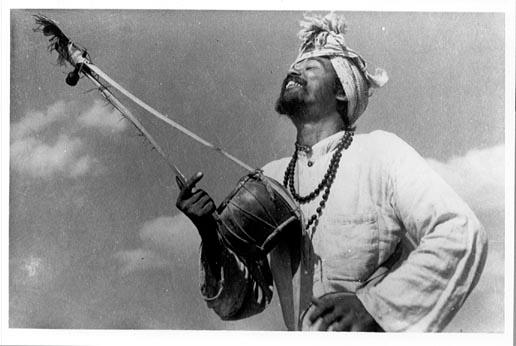
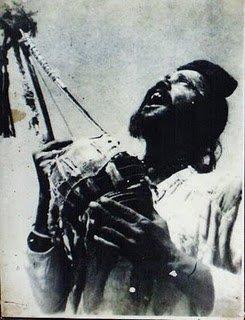
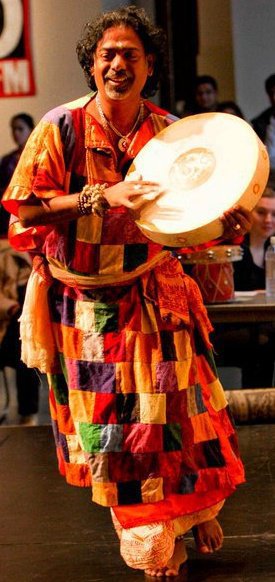
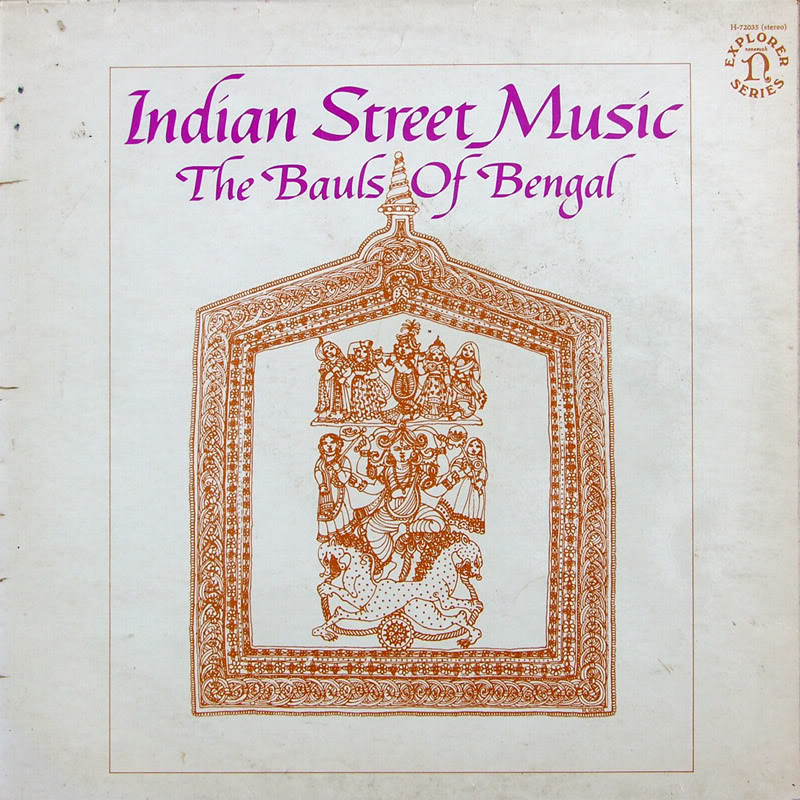
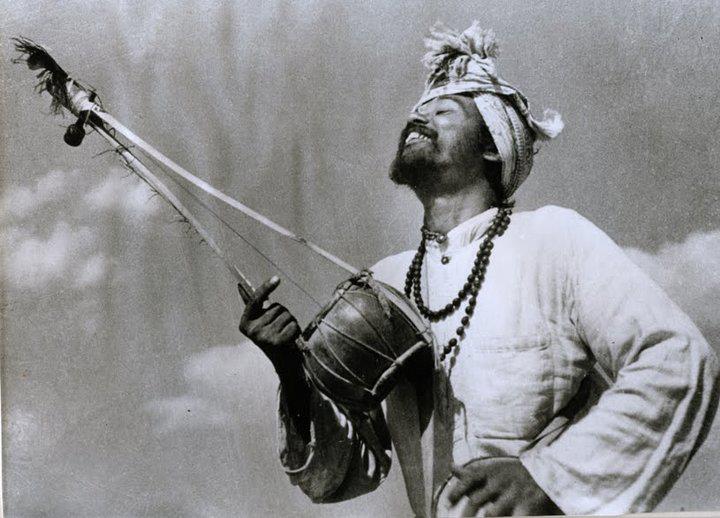
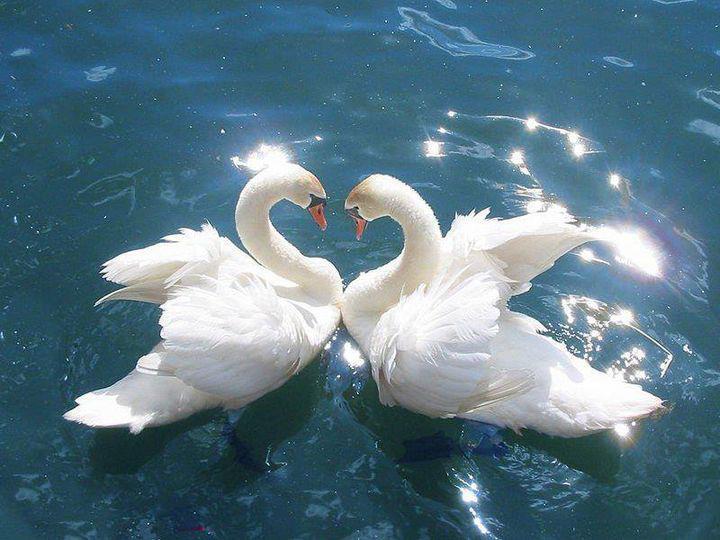
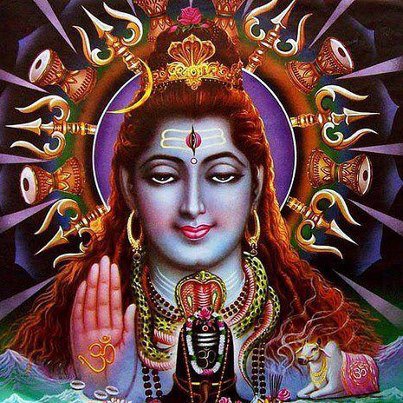
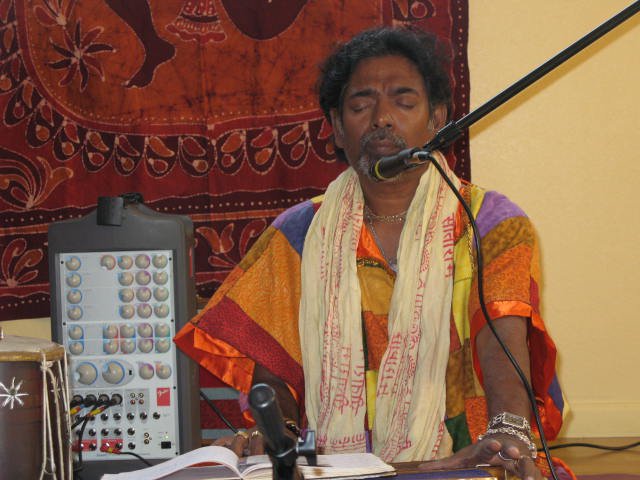
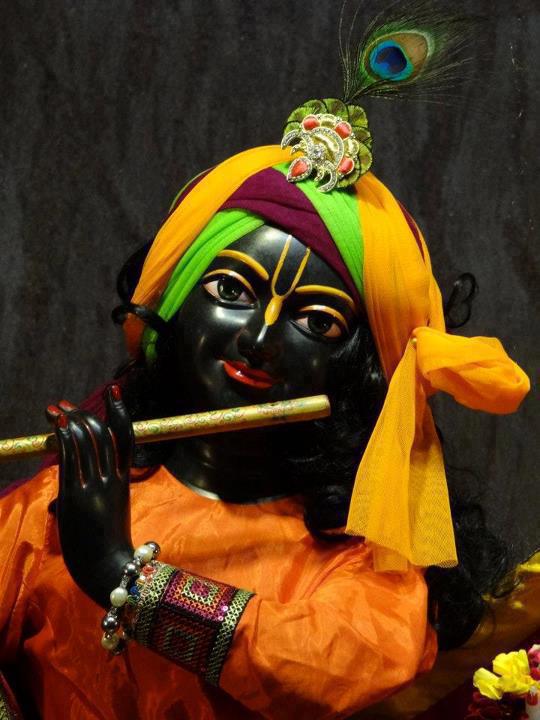
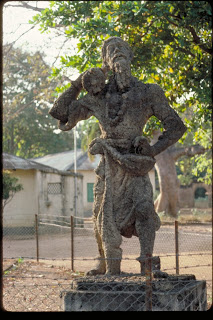
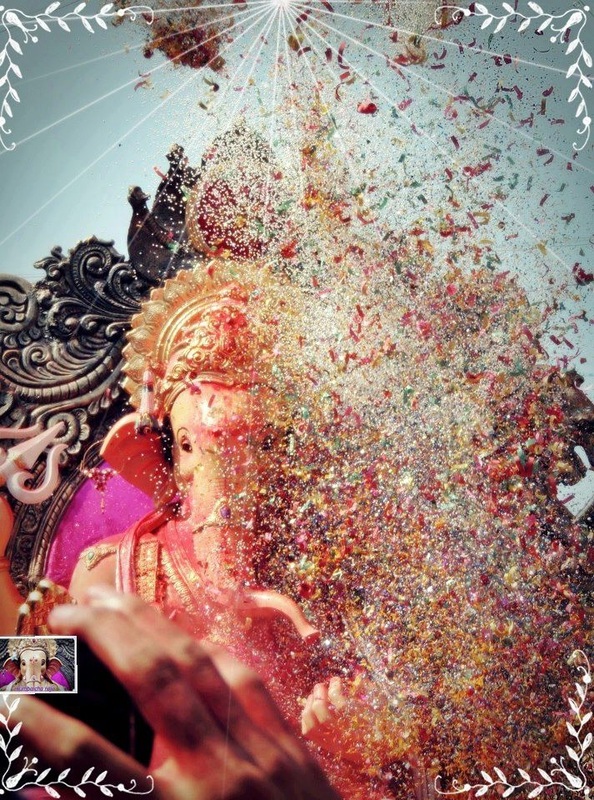
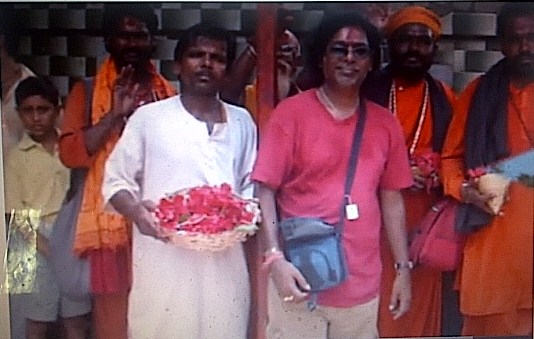
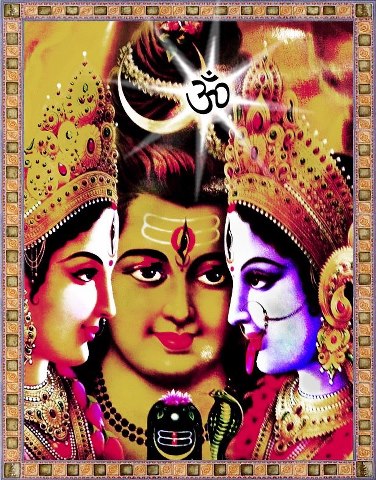
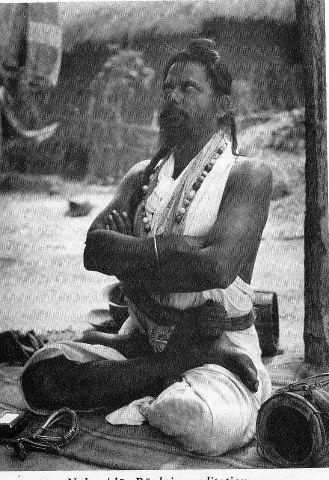
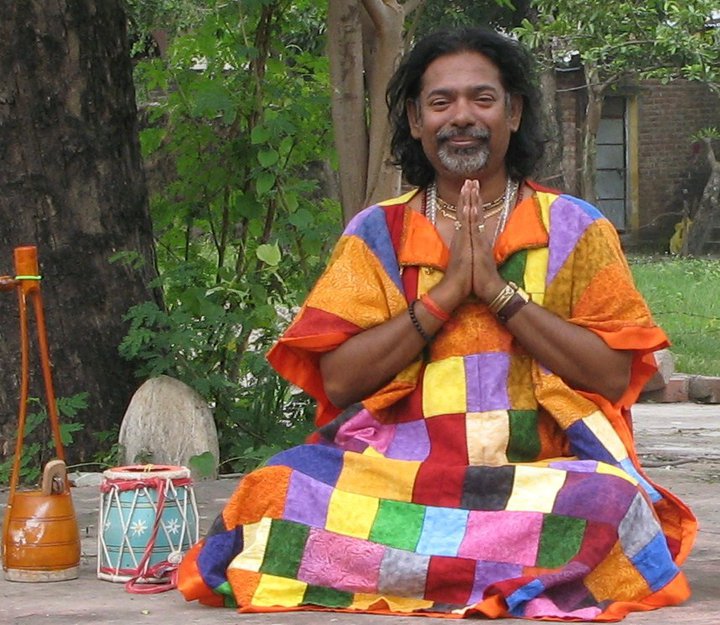
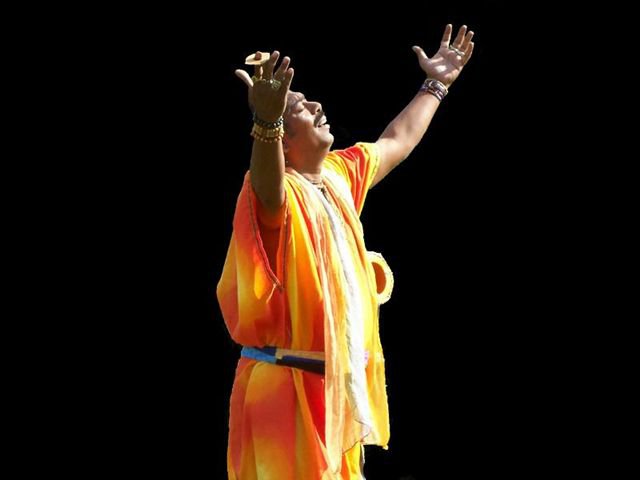
 RSS Feed
RSS Feed
